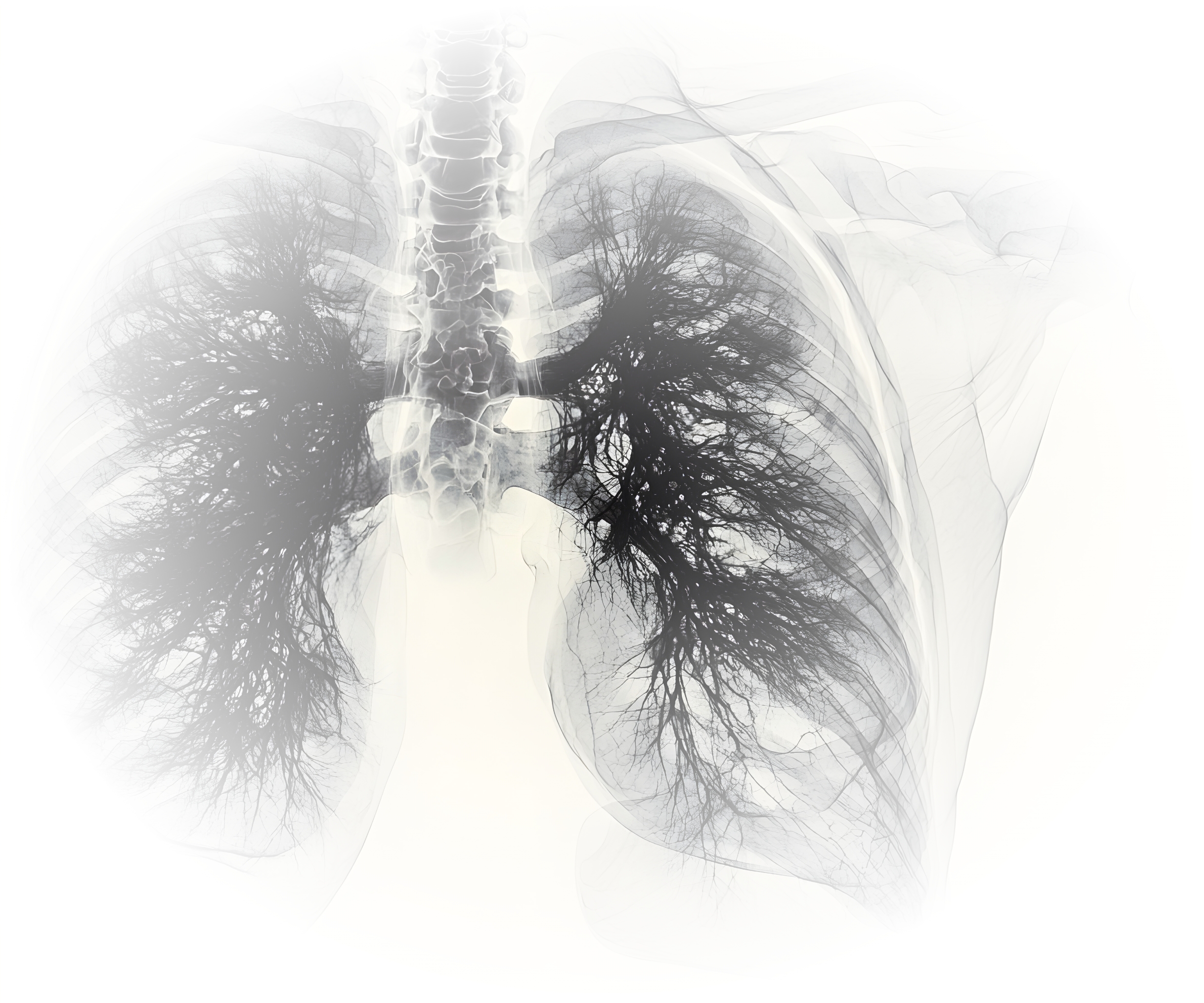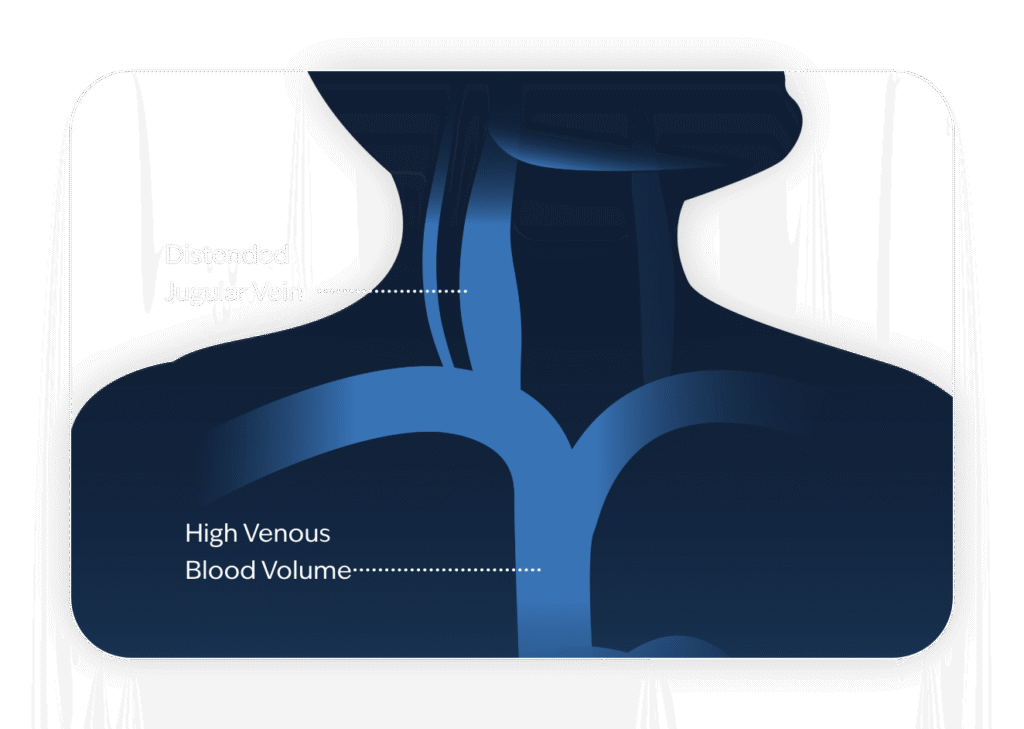PH-HFpEF

PH-HFpEF is in Group 2 and also the most common form of PH in the world.
Pulmonary Hypertension (PH) resulting from Heart Failure with preserved Ejection Fraction (HFpEF) is a debilitating, often fatal disease. Prevalence in the United States is currently estimated to be over 2 million, although PH-HFpEF may be significantly underdiagnosed. While most heart failure specialists assess the presence of PH based on an echocardiography study, clinical guidelines require diagnostic confirmation with a much less routine, and invasive procedure, catheterization of the right side of the heart.
PH-HFpEF presents with overfilling of the left ventricle from abnormally high levels of venous blood volume.
PH-HFpEF is a complex disease involving the heart and pulmonary circulation together. A critical component of PH-HFpEF is overfilling of the left ventricle from abnormally high levels of venous blood volume, a maladaptive condition of chronic heart failure. Patients present with shortness of breath, leg edema, and poor exercise capacity.



SPLANCHNIC CIRCULATION
SPLANCHNIC CIRCULATION
The splanchnic circulation (abdominal organs) serves as a reservoir of blood supply for the heart when demand increases.
Normal Adaptive Response
The splanchnic vasculature serves as a reservoir of blood for the body to draw on to meet increased exercise demand. In healthy humans, the increased volume of blood supplied to the heart is a normal physiologic reaction to increasing exertion during normal daily activities, such as beginning to run or pushing a wheelbarrow.
Abnormal Maladaptive Response
In heart failure, the splanchnic circulation is chronically overstimulated, oversupplying blood volume to the heart and lungs, resulting in excess pulmonary arterial and venous pressure.
Tenax is developing an oral therapy that would reduce venous blood volume by targeting the splanchnic (abdominal) venous circulation.




